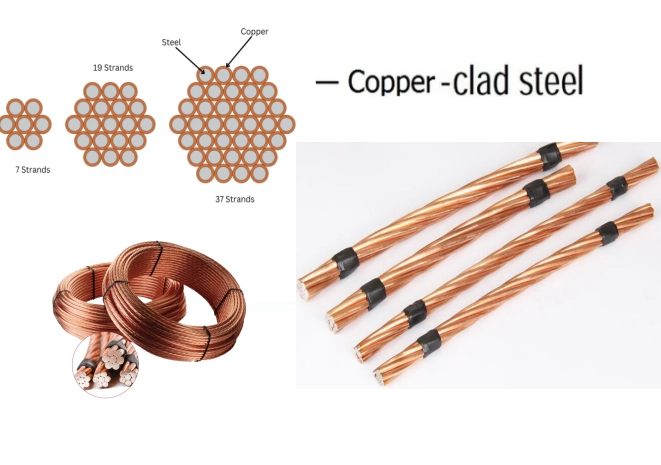When it comes to the construction of buildings, the choice of materials for external walls is pivotal. Not only do these materials contribute to the aesthetic appeal of a structure, but they also play a crucial role in its durability, energy efficiency, and overall performance. In this article, we will delve into the three most commonly used materials for external walls: brick, concrete, and wood. Each of these materials has unique properties, advantages, and applications that make them suitable for various architectural styles and environmental conditions.
- Brick: Timeless Elegance and Strength
Brick has been a favored material for external walls for centuries, and for good reason. Its durability and low maintenance requirements make it an ideal choice for both residential and commercial buildings.
Advantages of Brick:
- Durability: Brick walls can withstand harsh weather conditions, including heavy rain, snow, and extreme temperatures. They are resistant to rot, pests, and fire, which enhances the longevity of the structure.
- Thermal Mass: Brick has excellent thermal mass properties, meaning it can absorb heat during the day and release it at night. This characteristic helps regulate indoor temperatures, contributing to energy efficiency.
- Aesthetic Versatility: Available in a variety of colors, textures, and sizes, brick can be used to create diverse architectural styles, from traditional to modern.
Applications:
Brick is commonly used in urban environments where its aesthetic appeal complements the surrounding architecture. It is also a popular choice for homes in regions with extreme weather, thanks to its resilience.
- Concrete: The Backbone of Modern Architecture
Concrete is another widely used material for external walls, particularly in commercial and industrial buildings. Its strength and versatility make it a go-to choice for many architects and builders.
Advantages of Concrete:
- Strength and Stability: Concrete walls provide exceptional structural integrity, making them suitable for high-rise buildings and structures that require significant load-bearing capacity.
- Fire Resistance: Concrete is inherently fire-resistant, which enhances the safety of buildings and can lead to lower insurance premiums.
- Energy Efficiency: With proper insulation, concrete walls can offer excellent thermal performance, reducing heating and cooling costs.
Applications:
Concrete is often used in the construction of skyscrapers, parking garages, and large commercial spaces. Its ability to be molded into various shapes allows for innovative architectural designs.
- Wood: Natural Beauty and Sustainability
Wood is a traditional building material that has seen a resurgence in popularity due to its aesthetic appeal and sustainability. While it may not be as durable as brick or concrete, advancements in treatment and technology have enhanced its performance.
Advantages of Wood:
- Sustainability: Wood is a renewable resource, and when sourced responsibly, it has a lower environmental impact compared to other materials. It also sequesters carbon, contributing to a reduction in greenhouse gases.
- Aesthetic Warmth: The natural beauty of wood adds warmth and character to buildings, making it a popular choice for residential homes and cabins.
- Ease of Construction: Wood is lightweight and easy to work with, allowing for quicker construction times and lower labor costs.
Applications:
Wood is commonly used in residential construction, particularly in single-family homes and vacation properties. It is also favored in eco-friendly building projects that prioritize sustainability.
Conclusion: Choosing the Right Material for Your Project
When selecting materials for external walls, it is essential to consider factors such as climate, building design, budget, and sustainability goals. Each of the three materials discussed—brick, concrete, and wood—offers distinct advantages and can be tailored to meet the specific needs of a project.

More Stories
Safety First: Essential Features of Heavy Duty Storage Racks
Why Indoor Adventure Parks Are the Perfect Rainy Day Solution
Innovations Driving the Future of Glass Fiber Cloth Composite